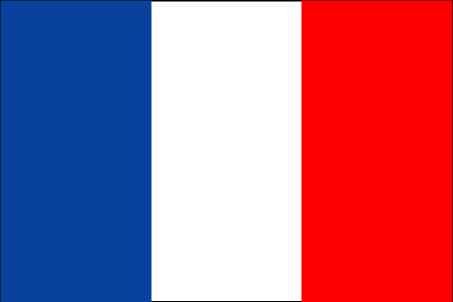Chargé de Recherche CNRS.
ENS Paris
Office T18
mail : bonthonneau [at] math.univ-paris13.fr
Phone : + 33 6 52 73 56 61
|

|
I am a CR, working the Analysis team of the mathematics department of ENS Paris. I work with semi-classical analysis tools on global analysis on non-compact manifolds.
- The work of my PhD was focused on the laplacian on manifolds with cusps.
- I am working on the Ruelle spectrum for cusp manifolds, with Tobias Weich. We have defined Ruelle Resonances, and we hope to study resonant states, zeta functions, extensions to more general cusps, presence/absence of band structure in the spectrum.
- Nicolas Raymond and San Vu Ngoc have introduced me to the magnetic Laplacian. We are interested in scattering and tunneling effects.
- Propagation of coherent states is all the rage.
CV
|
|
Research papers:
CNRS :
[9]Flow-independent Anisotropic space, and perturbation of resonances. The purpose of this note is to show that one can choose the escape function in a «Faure-Sjöstrand» formalism, so that it is valid for an open neighbourhood of Anosov vector fields in C^1 norm. We deduce that resonances depend smoothly on smooth vector fields, in the usual sense of eigenvalues perturbations.
[8]Ruelle Resonances for Manifolds with hyperbolic cusps. With Tobias Weich, we show the existence of a Ruelle spectrum for the geodesic flow of negatively curved manifolds with exact hyperbolic cusps.
[7] WKB constructions in bidimensional magnetic wells. With Nicolas Raymond, we compute quasi-modes in WKB form for the magnetic Laplacian close to a magnetic well in two dimensions, in the case that the field is analytic.
Postdoc:
[6]A lower bound for the Θ function on manifolds without conjugate points. In his 1977 paper Pierre Bérard proved that when a compact surface has no conjugate points, or if a compact manifold has non-positive curvature, one can gain a log in the remainder for the Weyl law. Since then, no better remainder has been found. Inspecting his proof, I found that with little effort, one can obtain the same result only assuming that there are no conjugate points in any dimension. This is explained in this note. This is also the occasion to prove a lemma crucial for paper [4], where a result similar to that of Bérard is proved for manifolds with cusps. I thank Pierre Bérard for his great advice. See Bérard’s paper.
[5]Quantum Ergodicity for Eisenstein functions. In this note, written with Steve Zelditch, we give a new (and shorter proof) of the Quantum Ergodic result of Zelditch for Eisenstein functions on cusp manifolds (see Zelditch’s original paper). Published in CRAS. ArXiV version.
[4]Weyl laws for manifolds with hyperbolic cusps. Here, I recall the several Weyl-type results for cusp manifolds that have been obtained until today. I also prove some new results, including a Bérard-sized remainder in the case of negative curvature. This is given both for the scattering phase and for the resonance counting function.
PhD:
My PhD dissertation.
A cusp surface is a finite volume surface, without boundary, whose ends are exactly hyperbolic cusps. On such surfaces, one can define a resonance spectrum for the Laplace-Beltrami operator. It is a good replacement in this context of the eigenvalues on compact manifolds. In my PhD, I sought to give counting estimates on these resonances. I also worked on the semi-classical measures associated to the Eisenstein functions-- which are the generalized eigenfunctions linked to the continuous spectrum.
[3]Resonance-free regions for negatively curved manifolds with cusps I build a parametrix for the scattering determinant on negatively-curved manifolds with cusps. I deduce the existence of a band at high frequency that contains most resonances. Published at AJM.
[2]Long time quantum evolution of observables. Published in CMP (Communications in Mathematical Physics) (ArXiV version). I give a long time Egorov lemma for cusp manifolds. This requires the introduction of an adapted quantization. I then used the Egorov lemma to extend a result of Semyon Dyatlov (Microlocal limits of Eisenstein functions away from the unitarity axis, ArXiV version).
[1]A note on the resonance counting function for surfaces with cusps. Published in JST (ArXiV version). Using elementary arguments, and earlier results of Leonid B. Parnovski, I give a Weyl law for the Laplace-Beltrami operator for cusp surfaces, improving a result in Parnovski’s paper.
|
|


